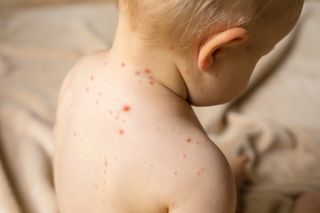Wednesday, November 27, 2019
Reactive hypoglycemia: what it is, symptoms and treatment
How is the treatment done?
Treatment for reactive hypoglycemia aims to keep blood glucose levels constant in the blood. In addition, after the crisis it is important to offer something for the person to eat, even if you do not feel like it, like a loaf or a glass of orange juice for example.
It is also recommended to treat reactive hypoglycemia:
- Do 6 meals a day, 3 main and 3 snacks interspersed, high in protein and low in sugar and carbohydrates;
- Avoid alcoholic beverages;
- Practice moderate exercise;
- Eat high-fiber foods and high-protein foods at all meals;
- Avoid eating sweets when on an empty stomach.
Before exercising, it is also recommended to eat low-glycemic carbohydrate so that you have enough energy for the activity, and in addition, it is important to include fiber and protein in every meal so that the sugar in your food is not absorbed more quickly.
If untreated, reactive hypoglycemia can lead to neurological consequences, such as mental confusion, depression, anxiety, insomnia, irritability, phobias, and lack of concentration.
How is the diet made for reactive hypoglycemia?
The diet for reactive hypoglycemia should be recommended by a nutritionist after diagnosis. The goal of the diet is to keep sugar levels constant in the blood, and it is recommended to eat every 2 to 3 hours. It is also important to teach the person to run properly to avoid recurrence of hypoglycemia. Learn how the diet is made for reactive hypoglycemia.
Subscribe to:
Post Comments
(
Atom
)
Advantages of slicers
Advantages of slicers The benefits of loquat, also known as parsnips and Japanese plum, are to boost the immune system as this fru...


No comments :
Post a Comment